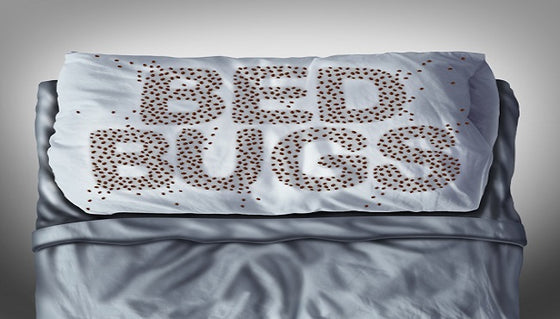STATE OF CALIFORNIA HEALTH AND HUMAN SERVICES AGENCY

GUIDANCE FOR PROPERTY OWNERS AND TENANTS ON THE CONTROL AND PREVENTION OF BED BUG INFESTATIONS IN CALIFORNIA
There has been a resurgence of bed bug infestations throughout the United States. In response to this re-emerging public health issue, the California Department of Public Health (CDPH) is providing guidance to assist affected entities on the prevention, surveillance, and control of bed bug infestations. Based on reports from local health departments and pest control operators (PCOs), bed bug infestations have been found in hotels, nursing homes, public housing, apartment complexes, shelters, moving vans, jails, furniture rental stores, dormitories and other multi-unit dwellings. In addition, information is often sought by private home owners experiencing bed bug infestations. This guidance document is intended to provide recommendations to California stakeholders on procedures to control active bed bug infestations, minimize the spread of infestations, and prevent future infestations.
Bed bugs are small wingless insects, about 1/4 of an inch or smaller, ranging in color from yellowish-white to reddish-brown. Bed bugs feed on blood, normally during the night. Most, but not all, of a bed bug population will congregate in cracks and crevices near where humans and pets sleep or rest. Bed bugs live in furniture such as mattresses, box springs, couches, easy chairs, dressers, and night tables, as well as electronic devices such as alarm clocks and radios. Infestations of bed bugs are not limited to homes and hotels; they can be found in public transportation, hospitals, and long-term care facilities. Evidence of a bed bug infestation may include: presence of the bed bugs, their cast exoskeletons, or rust-colored spots/stains on bedding, walls, or furniture. Bed bugs can live many months (adults generally live up to one year) without a blood meal while hiding in cracks and crevices.
- Bed bug prevention and control recommendations for owners and operators of hotels and other multi-unit dwellings
Other recommended actions to prevent and control bed bug infestations
- Avoid purchasing used furniture or mattresses, if possible. If used furniture or mattresses are purchased, inspect and/or treat for bed bugs before accepting delivery. 2. Use metal bed frames instead of wooden bed frames whenever possible. 3. Remove bed bug infested mattresses, box springs, and bed frames from the infested property after treatment by a PCO. If this is not possible, the mattresses and box springs should be encased in a plastic, commercially available mattress cover at least 0.8 mm thick with a zipper after treatment to prevent bed bugs from re-infesting the mattress and box springs. Eggs remaining on the mattress and box spring after PCO treatment will hatch, but the bed bugs will not be able to bite through the plastic covering.
Introducing the Forever RESORT all-steel platform foundation, built for hospitality to help keep bed bugs away from your guests. Listen to the professionals!

Go to www.foreverHOTELfoundation.com for more information.
Also in Bed Bugs

$546,000 Award Could Set Bed Bug Precedent


